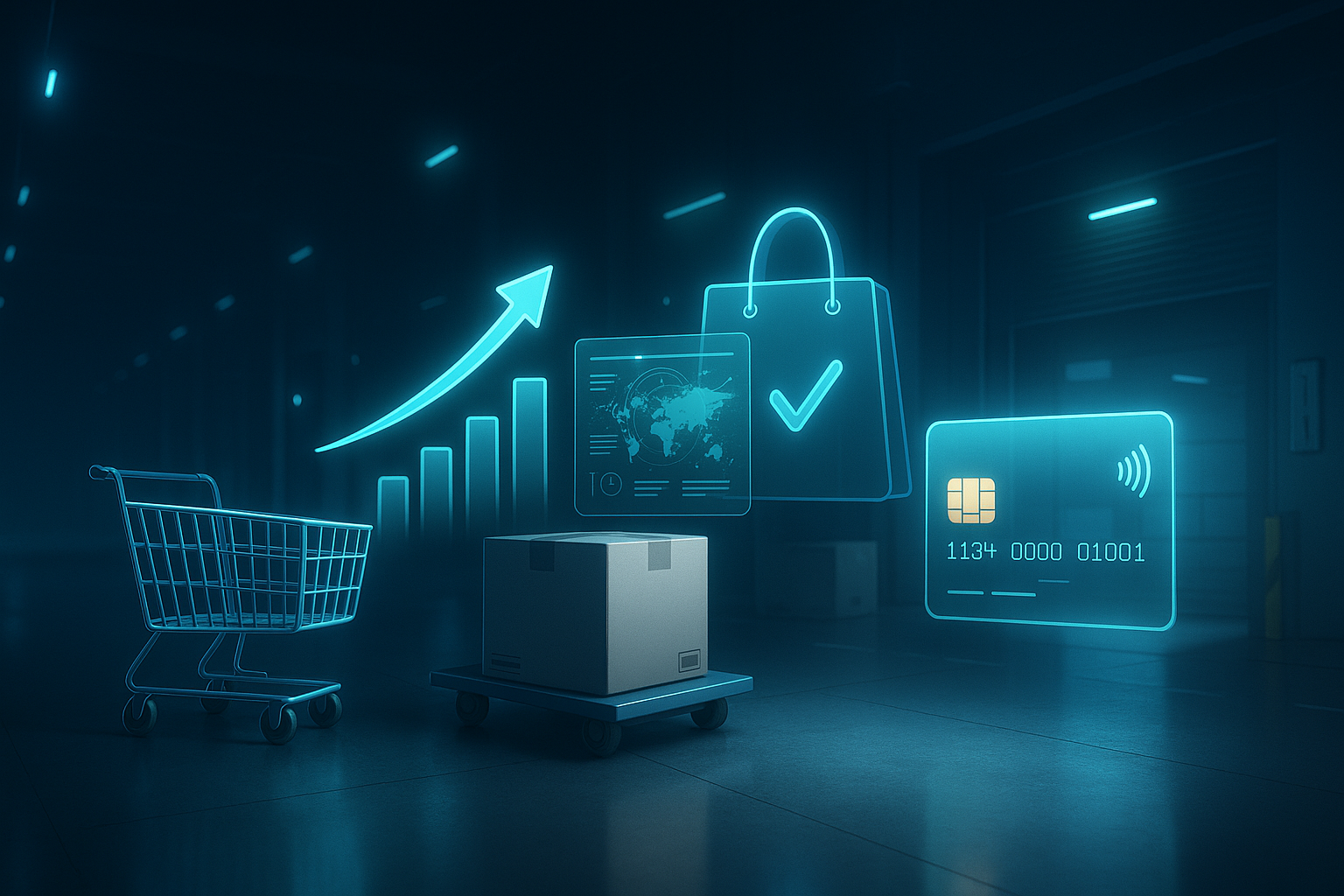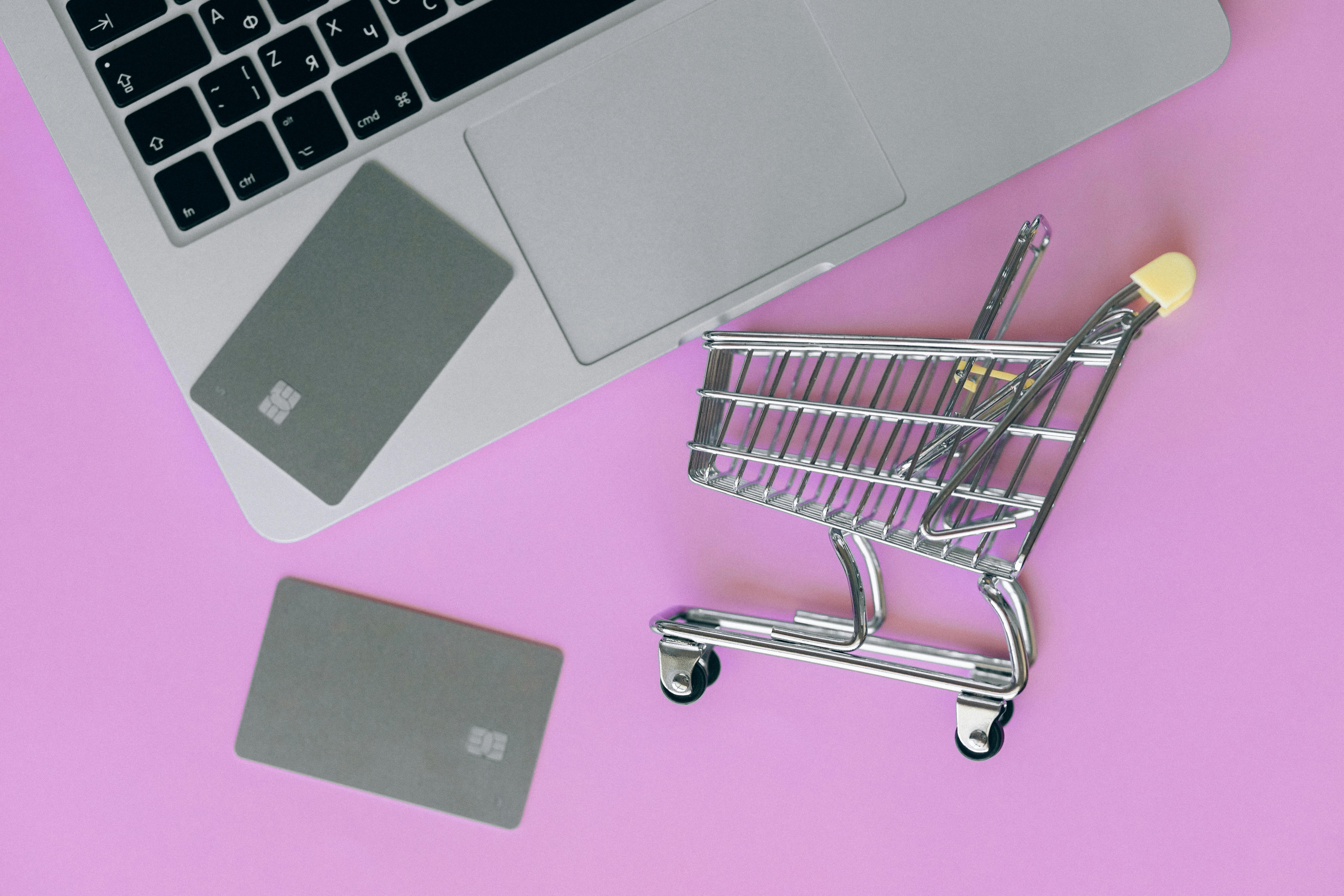

Short on time? Here's what you need to know:
To stay competitive in 2024, B2B companies must adopt robust, personalized, and omnichannel e-commerce platforms that meet the growing expectations of professional buyers.
Key takeaways from our analysis of the critical features of B2B e-Commerce in 2024:
- Personalized shopping experience: Tailor products, pricing, and payment terms to meet each customer's specific needs.
- Accurate and detailed information: Provide high-quality images and comprehensive data for each product.
- Decision-making simplification: Ensure intuitive navigation, optimized search, and quick ordering for repeat purchases.
- Omnichannel shopping experience: Ensure real-time synchronization, multiple portals, and device flexibility.
The State of B2B e-Commerce in 2024
B2B e-commerce continues to grow exponentially, now representing over twenty trillion euros in volume, five times that of B2C, according to Statista. Furthermore, a Gartner study indicates that 80% of professional buyers expect all interactions to be digital by 2025. Following this trend, 75% of B2B buyers prefer sales experiences without representatives.
To capitalize on this trend, businesses must integrate key features that meet the specific needs of B2B buyers, offering a smooth and personalized shopping experience.
4 Essential Features for B2B e-Commerce
1/ Personalize the Shopping Experience
Personalization is crucial for professional buyers who expect pre-negotiated pricing and payment terms on the e-commerce platform. For instance, DeSter, a manufacturer of packaging and containers, customizes its products and pricing for each airline or restaurant it works with, providing a tailored shopping experience. Air France and KLM, though part of the same parent company, have different needs in terms of products and pricing, which DeSter accommodates.
Elements to consider for offering a personalized shopping experience include:
- Customized products: Adapt products to meet specific client needs. For example, airlines may have different requirements for the same types of products.
- Preferential pricing: Reflect negotiated pricing on the platform to encourage online purchases. For instance, a large franchised supermarket chain like Franprix displays special offers negotiated directly with suppliers for certain food products online, clearly showing reduced prices to encourage online purchases.
- Payment terms: Make negotiated payment terms available online to facilitate transactions. If a client wants to pay by SEPA transfer, clearly provide the necessary details (IBAN, BIC, etc.).
Personalizing the shopping experience aims to enhance customer satisfaction and loyalty. Understanding the client’s expectations and needs is crucial, especially when they are used to manual purchasing processes.
2/ Display Accurate and Detailed Information
Professional buyers need all the necessary information to place orders independently. This includes high-quality images and complete technical and environmental data. For complex products like heat pumps, all features and compatibilities should be clearly indicated to avoid disappointment and improve conversion rates.
To achieve this, integrating a PIM (Product Information Management) system to create detailed product sheets is crucial. These should contain:
- High-quality images: Clear and detailed images to allow buyers to visualize the product.
- Technical documentation: Specifications, installation manuals, and compatibility sheets should be easily accessible.
- Environmental information: Increasingly important, these details should be available. Eiffage, a construction giant, undertakes projects towards sustainable e-commerce through its new platform BlueOn, aiming to improve carbon emission transparency while presenting a commercially compelling offer in terms of profitability.
Implementing these elements aims to improve conversion rates and reduce support requests.
3/ Simplify Decision-Making
Professional buyers, often under tight schedules, need intuitive navigation and an efficient search engine. Quick ordering is also essential for repeat purchases.
For example, a clothing retailer allows its sales agents to quickly place orders for their clients, simplifying the purchasing process.
Examples of decision-making simplification include:
- Intuitive navigation: Products should be well-classified for easy and intuitive searches. For a grocery e-commerce site, products should be organized into clear categories like "Fruits and Vegetables," "Dairy Products," and "Cleaning Products."
- Optimized search: Buyers should quickly find products by typing references or keywords. A wholesale clothing brand implements an advanced search bar where clients can quickly find products by entering specific references, models, or keywords like “denim skirt” or “striped sweater.”
- Quick ordering: Essential for repeat purchases, allowing orders in just a few clicks. An online platform for food packaging supplies like DeSter offers a "Reorder" feature for regular customers, enabling them to quickly reorder frequently purchased items, making the process fast and efficient.
Simplifying decision-making increases average order values and reduces errors and order processing time, making it an indispensable feature for any B2B e-commerce platform.
4/ Offer an Omnichannel Shopping Experience
A unified customer experience across different channels is essential. Buyers should be able to start their shopping journey on one channel and complete it on another without interruption. For instance, a major sustainable shoe manufacturer uses two distinct portals for end customers and sales agents, ensuring smooth management of quotes and orders. Sales agents can create quotes in the field, which customers can then validate and pay for online.
In B2B e-commerce, providing an omnichannel shopping experience requires a reliable order management system (OMS) and simplified payment processes, allowing:
- Real-time synchronization: Information must be updated in real-time across all channels. An automotive parts supplier updates stock levels and prices in real-time on its website and mobile app, allowing customers to see availability immediately and avoid stockouts, ensuring a smoother shopping experience.
- Multiple portals: Different portals for different user types (end customers, sales agents) for tailored management. A furniture brand creates distinct portals for its various national markets and user types: one portal for French customers and another for German ones, ensuring a seamless and effective user experience tailored to each segment of its global market.
- Connected shopping channels: Buyers should use different channels (mobile, desktop) without losing information. A construction company offers an online shopping platform accessible from any device, allowing customers to start an order on their office computer and finish it on their smartphone in the field, without losing any information.
A successful omnichannel shopping experience translates to improved customer satisfaction and more efficient order management.
Adopting Technologies Tailored to B2B Needs
1/ Suitable Technological Architecture
A headless architecture that consolidates data from various sources (ERP, CRM, etc.) and makes it accessible through different channels (mobile, desktop, etc.) is crucial. This approach ensures smooth and real-time communication of customer information.
Key aspects of an omnichannel approach include:
- Headless architecture: Consolidates data from various sources.
- APIs: Facilitate integration with other systems and applications.
- Real-time communication: Ensures that information is always up to date.
2/ B2B-Specific Solutions
Solutions must be designed for B2B, with features that meet professional buyers' needs, such as client-specific pricing management and personalized catalogs. Generic solutions often fall short in terms of performance and complexity.
Examples illustrating why B2C solutions are inadequate due to the lack of B2B-specific features include:
- Client-specific pricing management: Define specific pricing for each client.
- Personalized catalogs: Products available can vary based on the client.
- Performance and scalability: Handle complex and large-volume orders.
3/ Scalability and Modularity
B2B e-commerce platforms must be modular and scalable to adapt to constant market and technology changes. A SaaS architecture allows leveraging the latest technological advancements while offering the necessary flexibility to integrate specific modules. DJUST offers a modular platform enabling companies to maintain strategic modules internally while benefiting from a flexible digital backbone.
Key points for ensuring scalability:
- Modular architecture: Allows adding or removing modules based on needs.
- SaaS environment: Ensures the platform benefits from the latest technological innovations.
- Flexibility: Customize the platform according to the company's specific needs.
Why Choose DJUST?
DJUST is a unified B2B commerce platform used by over forty clients, including Socoda, Auchan, and Bouygues, with a network of twenty global integration partners such as e2y, Smartshift, and Clever Age.
DJUST offers a 100% B2B solution, automatic platform updates, quick deployment, and flexible, modular technology:
- B2B-dedicated features: All native B2B functionalities with a 100% B2B-focused roadmap.
- SaaS solution: DJUST is a ready-to-use B2B solution, hosted, maintained, and secure.
- Quick deployment: Average project duration of only 4 months, facilitated by a ready-to-use Back Office and Front End template.
- Scalable platform: DJUST supports project success during and after implementation, offering development opportunities through its modularity and ability to connect with other tools and address various use cases.
In short
In 2024, B2B e-commerce demands high-performance, flexible SaaS platforms that accelerate business growth and open new market opportunities at a lower cost. Investing in suitable technologies is crucial to meet the increasing expectations of professional buyers, improving user experience for greater autonomy in ordering, thus aligning the online experience with B2C standards. This approach is essential for customer retention in a highly dynamic competitive environment, where needs evolve, especially with the influx of a younger generation into the professional market.

-modified.avif)



